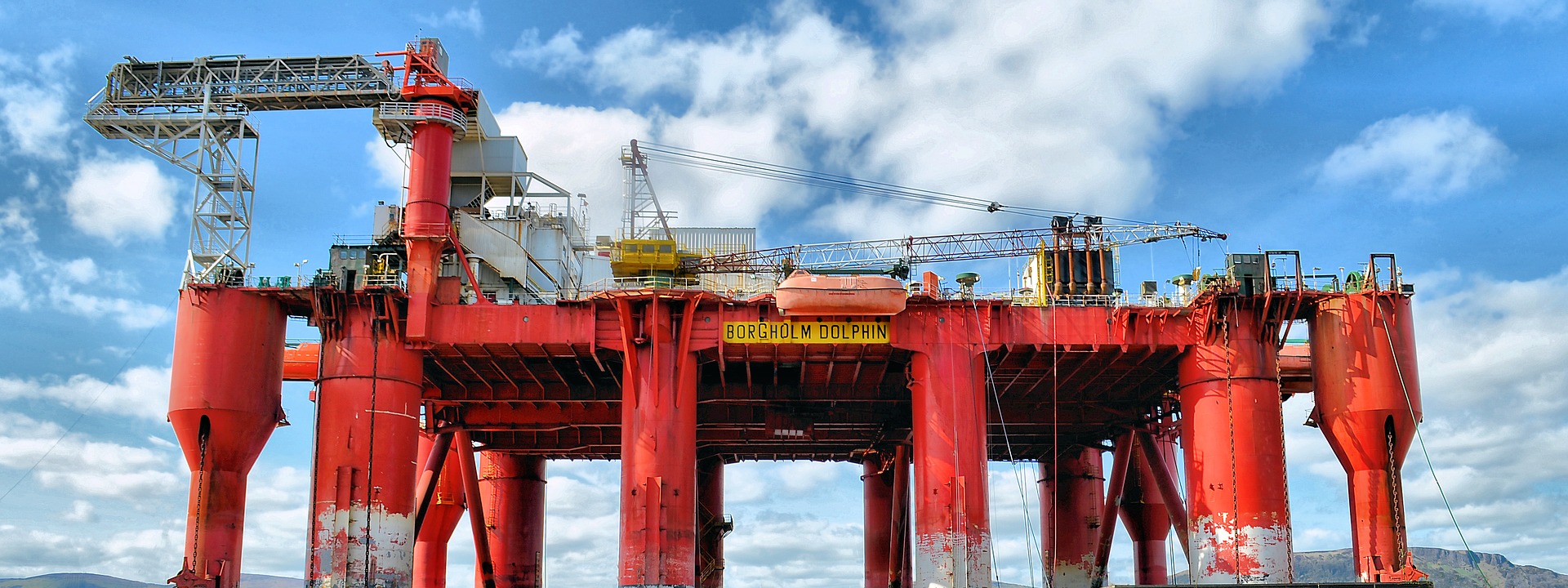
With the Earth’s population increasing and resources depleting daily, there is a dire need to take some measures. We cannot rely on the current resources to fulfill the needs of the burgeoning population. That’s when the idea to drill for exploration and extraction of gas, oil, geothermal, and mineral resources materialized.
Technological advancement and scientific research have enabled humankind to explore additional natural resources to meet the demand. Although it took time to differentiate materials and minerals and assess each of them individually, that helped conclude that the Earth isn’t just a mass of rock of one type. Instead, it’s a collection of minerals and elements stocked up underneath due to the processes of millions of years.
From there on out, people started looking for multiple ways to excavate these sites and extract these resources from underground. Mining and drilling them out were the best options, so the industries started undertaking these projects on a large scale to make enormous profits. However, it didn’t take much time for people to realize that the items of more general use are the ones that they drill out. These included natural petroleum resources such as crude oil and natural gas and water. The companies started exploring advanced techniques and actively began searching for reserves of them so that they can make money off them. As a result, people discovered new methods that would make the process more efficient, and they could use them to drill in complex terrains with insignificant problems.
Many drilling companies emerged, both government and private that started adopting the diverse methods for drilling projects to obtain underground resources. Through technology and knowledge, people began practicing these methods and offering their services to conduct these drilling procedures for the extraction of resources.
Following are some drilling techniques practiced around the world on various scales:
1. Percussion or Cable Drilling
Percussion drilling is one of the most original drilling methods used around the world. It requires the team to set up a tripod with a cable and the drill bit attached to its end. The drill goes to and fro in the hole to loosen the soil and reach a greater depth, which the workers later extract using a bailer. The use of the cable line in this drilling has earned it the name cable drilling besides its real one.
A steel case allows holding the walls of the hole so that it doesn’t collapse and hinders the job. Also, it prevents groundwater from contaminating the drill site. Since you can perform this manually or mechanically, it is dependent on the depth you are aiming for to decide which to use. It is a method generally used for digging boreholes and water wells. Not only is it a cost-effective method, but you will avoid using city water filled with chemicals. If you live in Florida, then you can estimate the well installation costs in Florida to arrange the funds for drilling operations. Hence, providing you with the option of having a water well as an alternative source of water supply at your place.
2. Rotary Drilling
The next on the list is rotary drilling, practiced to dig exploratory and production wells. It is a more mechanical and powerful method to dig deeper distances using different drill bits. The digging of low-depth wells is possible with the lightweight drills, while professionals use the mobile floating drills and cutters for exploration wells. The equipment is mounted on a derrick and has pipe sections to direct the focus of drilling. These pipes circulate at speeds between 40 to 250 RPMs, which can be adjusted depending on the condition of the terrain. Fluid circulation procedures help get the cuttings out of the pipe in this process. That covers the working principles of rotary drilling.
3. Dual-Wall Reverse-Circulation Drilling
The dual-wall reverse-circulation drilling has two concentric drill pipes to control the flow of cuttings going up from the inner drill pipe. The fluid enters the drill through an outer swivel and then is directed out from the internal pipes to deliver the cuttings to the surface. It is suitable for both rotary and cable drilling methods and is fit for geologic extraction and sample collections. Excavators can use it for all land formations and don’t require a casing for the hole to keep it from collapsing. That makes it an ideal method for sample recovery and collection.
4. Electro-Drilling
It is one of the more heavy-duty methods as industries use it for the extraction of petroleum resources around the world. The drill bits connected with high-powered hydraulic motors make it possible for them to function in complicated geological conditions, where you test these bits against rigid and heavy mud mixtures. However, the directly powered drill bit with its enhanced rotational speeds is still capable of penetrating these conditions, making it fit for oil and gas explorations. Besides that, you can also use electro-drilling with borehole cleaning agents and can go at drilling multiple deviated boreholes in one go. That makes electro-drilling a reasonably competent drilling method.
5. Directional Drilling
This last option is a modified version of rotary drilling, as it allows us to drill through curved paths using the same technique to deepen the hole. The most significant driving factor for directional drilling is its cost-effectiveness, which enables us to have several outlets from a single reserve drilled in different directions. That makes this method almost revolutionary as it promises a higher extraction rate of resources from underground reserves.
Conclusion
These were the widely practiced drilling methods by industries for all types of extraction and excavation purposes. Drilling, whether done on a large scale or a small scale, is evident from their applications. However, they can be scaled depending on the need of the employer and the nature of work. The above-mentioned drilling types will help you to decide the best option suitable for your needs, whether you require drilling on a smaller land or a remote site.